When it comes to athletic footwear, choosing the right pair of shoes can make all the difference in performance and comfort. In the United States, tennis shoes and running shoes are two popular categories of athletic footwear, but they are designed for different purposes and activities. In this comprehensive guide, we will explore the differences between tennis shoes and running shoes, including their designs, functionalities, pros and cons, and more. Whether you’re a weekend warrior hitting the local courts or a dedicated runner training for a marathon, understanding these differences is crucial for your foot health and athletic performance.
Understanding Athletic Footwear
Athletic footwear has become a multimillion-dollar industry, with various types of shoes available for different sports and activities. Understanding the terminology and the technology used in these shoes is essential for making informed choices. This section will provide a basic overview of athletic footwear and its importance.
What Are Tennis Shoes?
Tennis shoes, often referred to as court shoes, are specifically designed for the sport of tennis. Their design adapts to the unique movements and demands of the game.
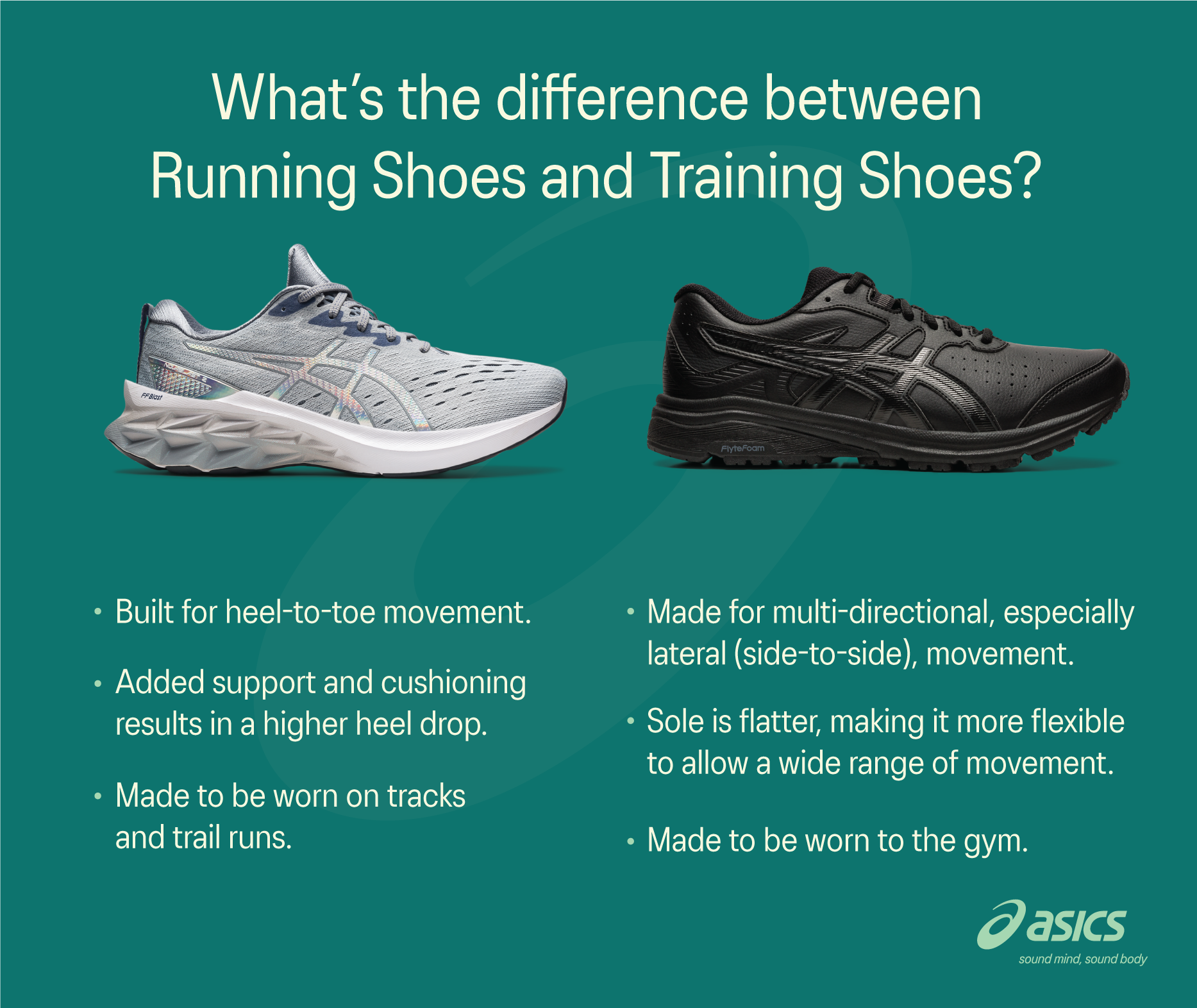
Key Features of Tennis Shoes
- Stability: Tennis involves lateral (side-to-side) movements, so tennis shoes provide greater support around the ankles.
- Grip: The outsoles of tennis shoes are designed for traction on various court surfaces—hard, clay, or grass—ensuring stability during quick movements.
- Durability: Tennis shoes are made from materials that can withstand the wear and tear from sliding and sudden stops.
What Are Running Shoes?

Running shoes are engineered for forward motion, providing cushioning, support, and flexibility to accommodate the running technique.
Key Features of Running Shoes
- Cushioning: Running shoes often feature thicker soles with advanced cushioning technology to absorb impact.
- Lightweight: These shoes are designed to be lightweight, allowing for faster-paced running.
- Breathability: Running shoes typically offer excellent ventilation to keep feet cool during long runs.
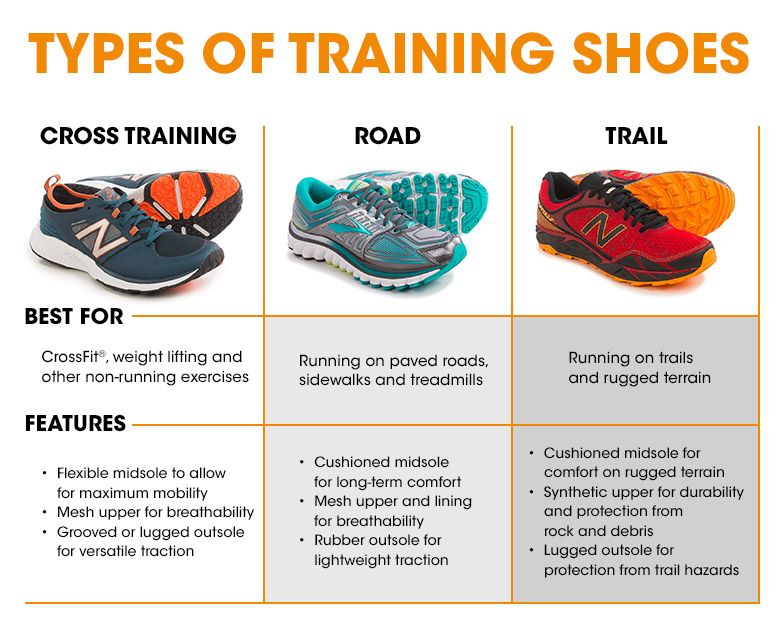
Comparison of Tennis Shoes and Running Shoes
Understanding how these shoes differ can help you select the appropriate footwear for your specific athletic activity. Below is a detailed comparison table highlighting various aspects of tennis shoes and running shoes.
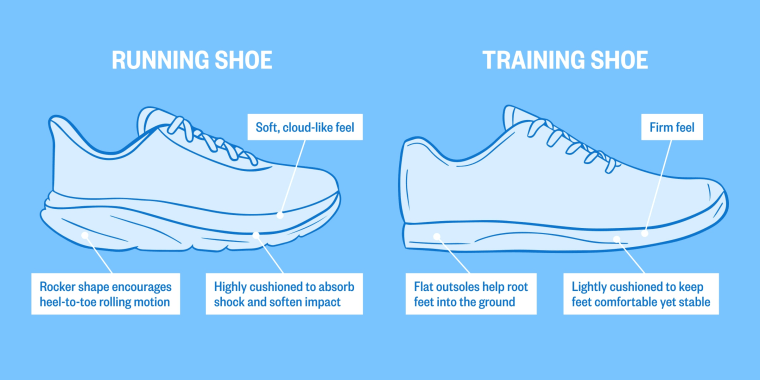
| Feature | Tennis Shoes | Running Shoes |
|---|---|---|
| Design Purpose | Support lateral movement and sudden stops | Support forward motion and long distances |
| Cushioning | Moderate cushioning, focused on stability | High cushioning for impact absorption |
| Weight | Generally heavier for added support | Usually lightweight to encourage speed |
| Outsole Material | Durable rubber for diverse court surfaces | Flexible rubber optimized for traction on roads and trails |
| Breathability | Good, but less focused on ventilation | Excellent for moisture management |
| Price Range | $50 – $150 | $60 – $200 |
Pros and Cons of Tennis Shoes
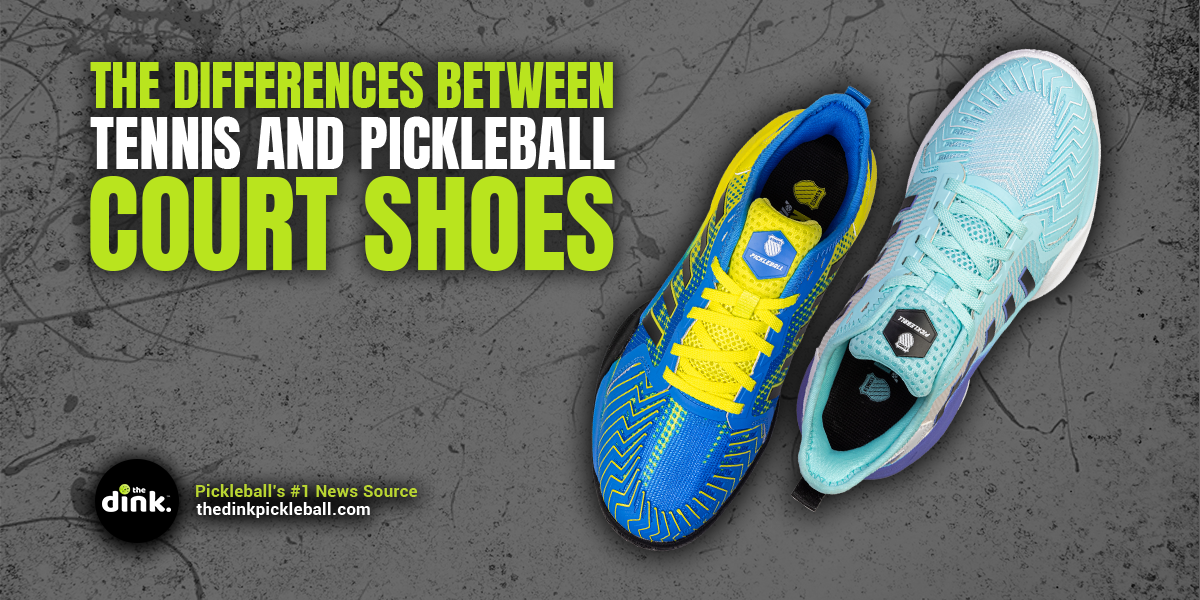
Pros
- Provides excellent ankle support.
- Offers stability for quick lateral movements.
- Durable materials help withstand court wear.
Cons
- Heavier than running shoes, which may hinder speed.
- Less cushioning may be uncomfortable for long-distance running.
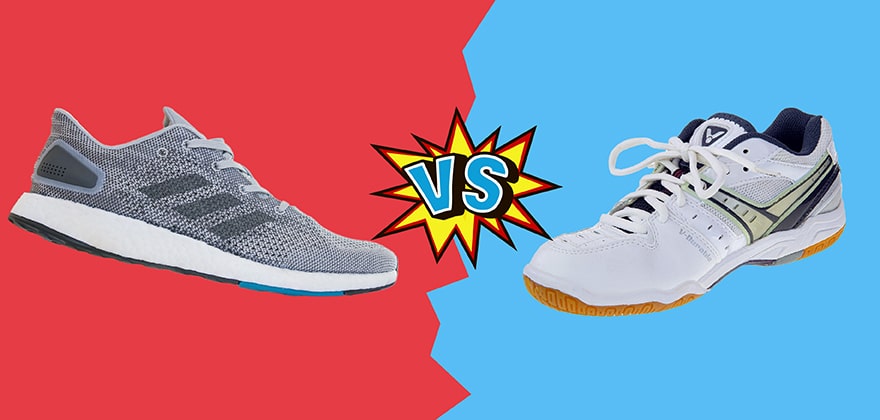
Pros and Cons of Running Shoes
Pros
- Lightweight, enhancing running speed.
- Highly cushioned for comfort and shock absorption.
- Designed for breathability, reducing moisture.

Cons
- May lack support for lateral movements.
- Not as durable when used on court surfaces.
Choosing the Right Shoe for Your Activity

When selecting the right footwear, consider the primary activity you’ll be engaging in:
For Tennis Players
If you’re playing tennis, prioritize stability, support, and durability. Brands like Nike and Adidas offer great options tailored for tennis, ensuring you have the right grip and support during matches.
For Runners
If you’re a runner or looking to take up running, you’ll want a shoe that provides ample cushioning and breathability. Popular brands such as Asics and Brooks specialize in high-performance running shoes that can help improve your running experience.
Cultural Context: The Role of Athletic Footwear in American Sports
In the U.S., athletic footwear plays a crucial role beyond just functionality. From iconic basketball shoes to running sneakers, footwear becomes a fashion statement and a reflection of personal identity. Tennis and running, both deeply entrenched in American culture, have their unique styles and communities, which influence consumer behavior and trends. Major sporting events such as the US Open and the New York City Marathon attract significant attention and can greatly influence shoe selection and innovations in the footwear industry.
FAQs about Tennis Shoes vs. Running Shoes
1. Can tennis shoes be used for running?
While tennis shoes can be used for running, they may not provide the right cushioning or support for long-distance runs. It’s best to use shoes designed specifically for running for optimal performance.
2. Are running shoes suitable for tennis?
Running shoes are generally not recommended for tennis because they lack the lateral support and stability required for the quick movements involved in the game.
3. How do I know if I need tennis shoes or running shoes?
Consider the activities you’ll be engaging in. If you play tennis frequently, opt for tennis shoes. If running is your primary activity, invest in running shoes for better performance and comfort.
4. What are the top brands for tennis and running shoes?
For tennis shoes, popular brands include Nike, Adidas, and Babolat. For running shoes, consider Asics, Brooks, and New Balance.
Final Thoughts
Understanding the differences between tennis shoes and running shoes can greatly enhance your athletic performance and comfort. By choosing the right footwear for your specific activities, you can protect your feet and improve your overall experience. Whether you prefer the court or the road, investing in the right pair of shoes will reap long-term benefits for your athletic endeavors.